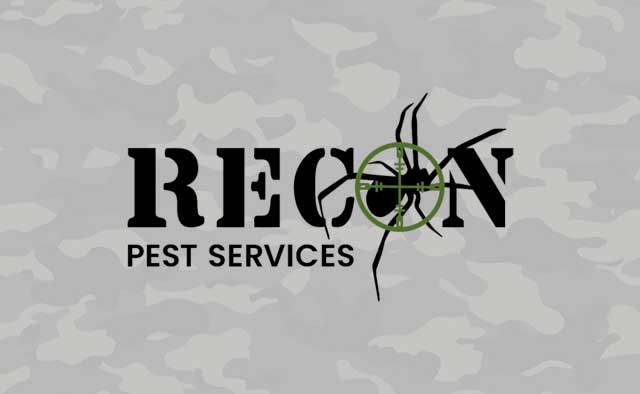Table of Contents
Finding roach eggs in your home can be a daunting experience, indicating the presence of these pesky pests and potential for a growing infestation. Understanding what these eggs look like, where they tend to be found, and how to deal with them can help you manage a roach problem effectively. This article will provide a comprehensive guide to roach eggs, helping you navigate this tricky issue with ease.
Understanding the Basics of Roach Reproduction
Roaches are prolific breeders. Despite common belief, roaches don’t lay individual eggs. Instead, female roaches produce an ‘ootheca’ – a protective case that houses multiple eggs. This sturdy casing safeguards the eggs from predators and even insecticides, making them challenging to eliminate.
German roaches, for instance, can produce up to 30,000 offspring in a year. A single ootheca can contain up to 40 eggs, and a female German roach can produce a new ootheca every few weeks under favorable conditions. This rapid reproduction cycle makes roaches particularly troublesome pests if not managed promptly.
Recognizing Roach Eggs
Recognizing roach eggs is the first step towards managing an infestation. These eggs resemble small capsules, typically tan, brown, or black in color, and shaped rather like a pill or a tiny purse. Their size varies with the species:
- German and American roach eggs are approximately 1/3-inch long.
- Oriental and Smoky Brown roach eggs are slightly longer, almost ½ inch.
- Brown-banded roach eggs are smaller, less than ¼ inch.
Each egg case has a small ridge known as a keel, a weak point from which nymphs emerge. Even after hatching, an empty roach egg case often looks full as the keel closes again, making it a tricky task to determine whether the eggs have hatched.
Favorite Roach Egg Laying Spots
Roaches tend to lay their eggs in warm, humid, and hidden locations close to food sources. The specific locations may vary with the roach species:
- German roaches often carry their eggs until just before they hatch, sometimes even hatching while still attached to the female.
- American roaches deposit their egg cases near food sources, sometimes even sticking them to surfaces using saliva.
- Oriental roaches prefer to lay their eggs in warm, covered areas near food.
- Smoky Brown roaches often hide their eggs in humid crevices such as under rocks or in piles of debris.
- Brown-banded roaches attach their eggs to rough surfaces like cardboard or sand, and heavily infested areas may see clusters of these eggs.
In households, kitchens and bathrooms are often favorite spots due to the easy availability of food and water. Other potential hiding spots include drawers, cupboards, pantries, appliances, baseboards, drains, plumbing cabinets, water heaters, damp areas, food storage areas, and trash cans.
The Inside Story of Roach Eggs
A single ootheca can hold between 14 and 48 eggs, depending on the species. These eggs are arranged in two equal rows. For example, German roach eggs can contain up to 50 nymphs, making them a significant source of infestation.
Importantly, roaches don’t have a queen, unlike some other insects. However, they are gregarious and tend to congregate during rest times, which can sometimes give the impression of a ‘nest’. These resting areas can often be identified by the presence of roach feces, shed skin, and egg cases.
Battling Roach Infestations
While roaches are challenging pests, there are several strategies you can adopt to manage an infestation. These include:
- Sealing cracks and crevices where roaches can enter, lay eggs, or hide.
- Inspecting items like grocery bags, boxes, and luggage before bringing them into your home.
- Maintaining cleanliness by promptly cleaning up food spills, washing dirty dishes, and emptying trash cans.
- Reducing clutter to eliminate potential roach hiding places.
- Vacuuming to physically remove roaches and their eggs.
Despite these preventive measures, it’s important to remember that roach eggs are resistant to insecticides. Therefore, the focus should be on controlling the nymphs that will inevitably hatch from these eggs. Insect growth regulators can be useful in this regard, preventing nymphs from growing enough to reproduce.
Getting Professional Help
For severe infestations, it may be necessary to call in pest control professionals. These experts have specialized knowledge, tools, and experience to effectively tackle a roach problem. They use a combination of insecticides, baits, and growth regulators to eliminate roaches and manage infestations.
Conclusion
Roach eggs are a clear sign of a roach problem, but understanding them can give you the upper hand in managing an infestation. By recognizing what these eggs look like, where they are likely to be found, and how to deal with them, you can take effective steps to reclaim your home from these pesky pests.





